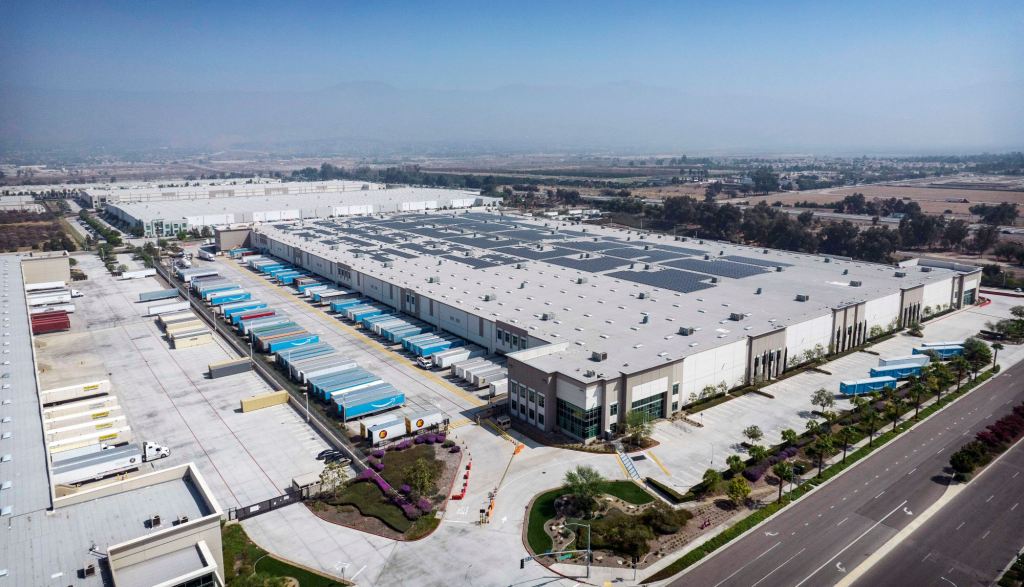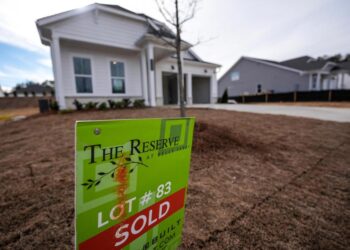As commercial real estate practitioners, we spend our days advising owners and occupants of locations. These may be office, retail or industrial.
I’ve expanded my trade industrially for over four decades in Orange County and the Inland Empire. Over time, I’ve seen some wild swings in market activity — also known as buying and leasing.
The early 90s were mired in a deep sleep caused by the invasion of Iraq and the savings and loan implosion. We dealt with tepid demand until the middle part of the decade when velocity returned. The dot-com bubble bursting and the financial adjustment of the early- and mid-2000s caused quite a ruckus as well.
What followed was a spate of activity like no other we’ve seen until, well, 2020-2022. Now, we sit with a lack of demand precipitated by uncertainty. Recall, I wrote about that last week .
Today, I’d like to discuss a simple way to figure in which way we’re headed — up or down — with the scale pushed in favor of occupants or owners.
If there’s one thing I’ve learned over the years, it’s that gauging the market isn’t just about looking at vacancy rates or rent trends, it’s about understanding the balance of power between owners and occupants.
A simple, albeit informal, method I’ve used is what I call the “Sentiment Index.” Essentially, it’s a measure of who feels the pain — or the confidence — more sharply: those with the space to lease or sell, or those seeking to occupy it.
Right now, what I’m seeing and hearing suggests the scales are tipping in favor of occupants.
How do I know? Conversations with landlords have turned from boastful pride to cautious consideration. When owners and their representatives are more eager to have a “productive chat” about lease terms, you know we’re moving into a phase where flexibility and concessions might be on the horizon.
Subtle shifts in conversations
In fact, these shifts in tone can often signal broader trends before the numbers catch up. Let me give…
Read the full article here







